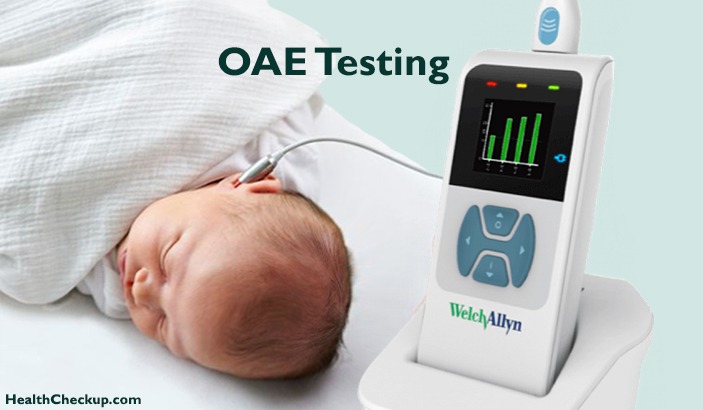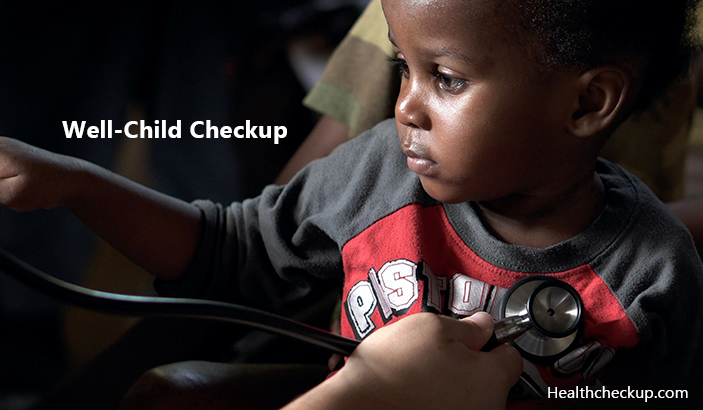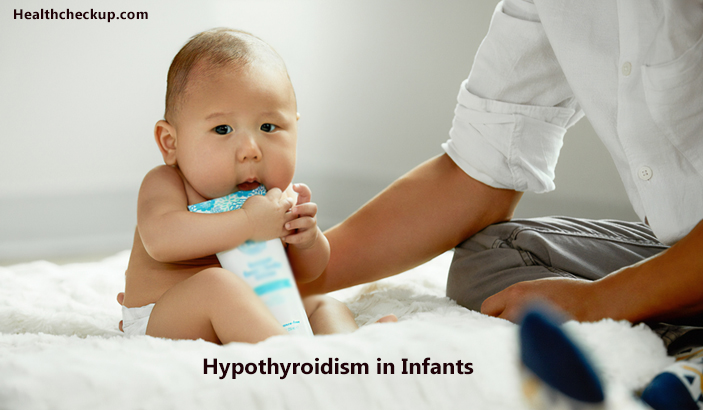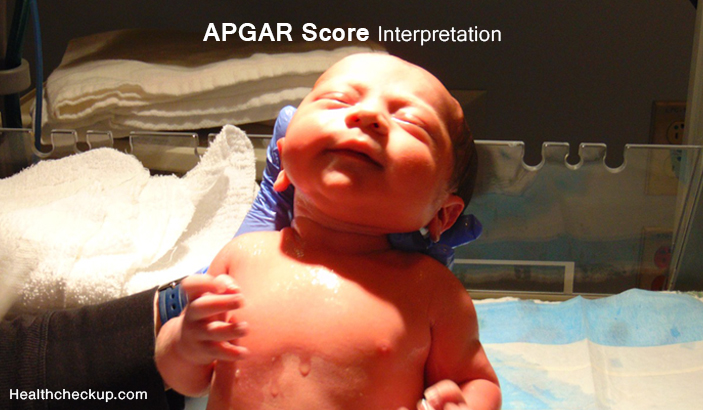The full-form of OAE Testing is Otoacoustic Emission Testing. OAEs are the sounds emitted by the internal structure of the ear when the cochlea is stimulated by a sound. As the sound stimulates the cochlea causes vibration on the outer hair cells. This sound is so inaudible that it has to be measured by a probe instrument that needs to be inserted into the ear canal.
The inception of the work of newborn hearing screening traces back to 1960s. Dr. Marion Downs made a remarkable contribution to the newborn hearing screening and OAE by studying over 17,000 neonates in 1960s. She created first Joint Committee on Infant Hearing in 1982 for social awareness and wellbeing.
Otoacoustic emission testing is the recording of the self-produced sound of the ear. Otoacoustic emission was first experimentally reported by David Kemp in 1978 though it was predicted earlier by Thomas Gold in 1948. People with normal hearing produce emissions. Those with hearing loss greater than 25 decibels do not produce such soft sounds.
Broadly, there are two kinds of otoacoustic emissions in clinical use. First is TOAEs (Transient Otoacoustic Emissions) which are sounds emitted in the reaction to the acoustic stimuli of a very short duration. Second is DPOAEs (Distortion Product Otoacoustic Emission) which are sounds emitted in reaction to two simultaneous tones of different frequencies.
Otoacoustic Emission Test is an objective method to test the hearing capabilities of the infants as well as adults. It can be conducted easily as it is swift, reliable, painless and does not require the behavioral response.
OAE Testing or Hearing Screening Test:
The OAE testing is often a part of a newborn hearing screening program that can detect the blockage in the outer ear canal along with the presence of middle ear fluid and damage to the outer hair cells in the cochlea.
The basic purpose of OAE testing is to determine the cochlear status and hair cell functioning. The results observed are useful in screen hearing, estimate hearing sensitivity, a segment between the sensory and neural components.
OAEs testing is not suppressed by any certain inhaled anesthetics and thus can be used to detect damage to the ear structure during surgery.
Newborn Infant Hearing Testing:
OAEs are measured by stimulating a series of sounds to the ear through a probe that is inserted into the ear canal of the infant. The probe contains a loudspeaker that generates the sounds. And a microphone that measures the resulting OAEs that are produced in the cochlea and are transmitted through the middle ear into the outer ear canal. Digitization of the resulting sound that is picked up by the microphone is processed using signal averaging methodology. It is presented visually on a TV monitor.
To analyze an OAE one needs an unobstructed outer ear canal, an absence of significant middle ear pathology, and functioning cochlear outer hair cells. The audiologist can investigate on which sounds generated a response and their strengths. The infant can be said to pass the test when there is a presence of emission sounds that are critical to speech comprehension. OAE testing generally takes five to seven minutes of duration.
All babies don’t pass the OAE hearing test in the first instance. That doesn’t mean they have a hearing loss. They are given a second hearing to confirm the results.
Meniere Disease:
Meniere’s disease is a disorder of the inner ear causing episodes or ‘attacks’ in which the patient feels as if spinning (vertigo), and have fluctuating hearing loss with a progressive, ultimately permanent loss of hearing, ringing in the ear (tinnitus), and sometimes a feeling of fullness or pressure in your ear. Attacks or episodes can be accompanied by a headache and a feeling of fullness in the ear. Most patients with Meniere Disease do not experience symptoms between episodes. The hearing loss or ringing in ears may become constant over a short span of time. In most cases, Meniere’s disease affects only one ear of the patient.
Meniere disease usually occurs at the age of 20 to 50 in a chronic condition. The treatments can be done early to avoid the long-term complications. The cause of Meniere Disease is uncertain but involves genetic and environmental factors.
Congenital or acquired hearing loss in infants and children can cause lifetime hearing loss along with a lack of speech development and other social and emotional complications. Thus it is advisable to conduct an OAE hearing test on newborn babies or in their early age so that lifelong complications, if any, can be prevented and treated.
Medically Reviewed By









